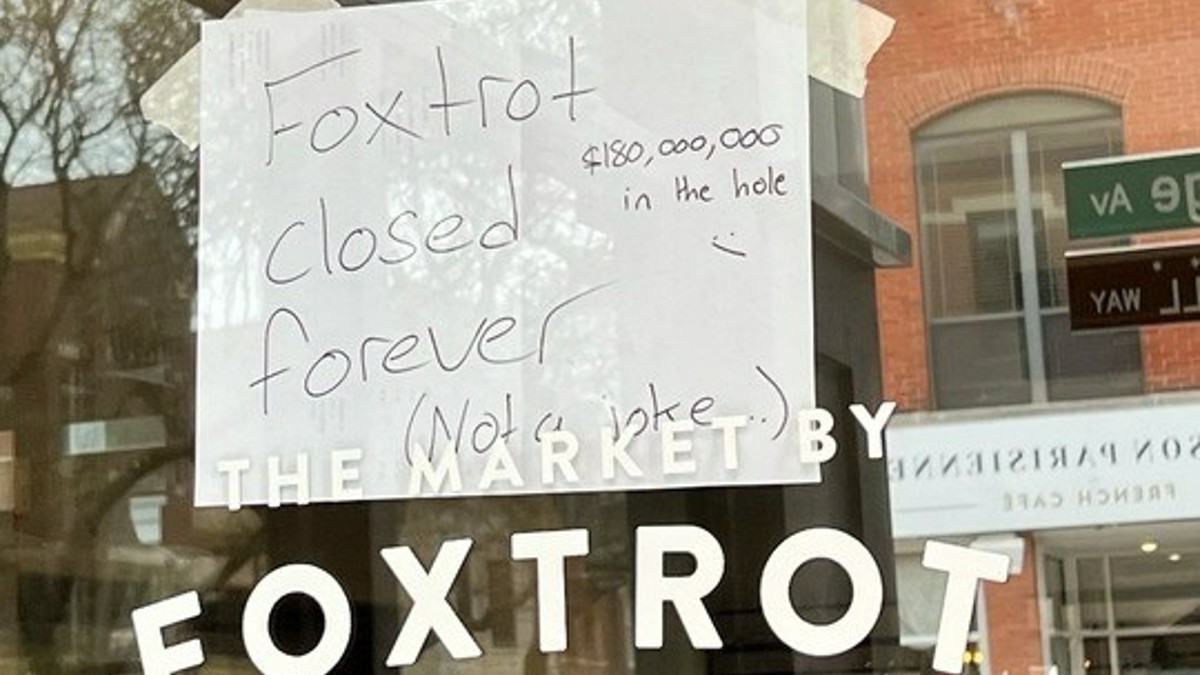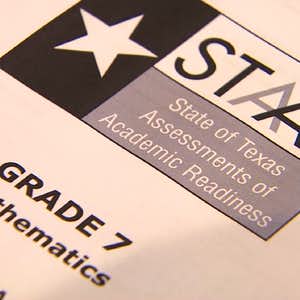Bruce Johnson knew it all along.
The Houston Chronicle reports while the Houston area shuddered at a record-setting 51 inches of rain recorded during Hurricane Harvey, Johnson knew his rural community was hit with even more.
"Houston didn't get the most rain," said Johnson, who owns an apartment complex in the small city of Liberty. "We did."
Meteorologists now agree. New hour-by-hour rainfall data collected by the National Weather Service shows a gauge in the city of Liberty northeast of Houston recorded 55 inches of rain during Harvey -- a record that surpasses even the 52 inches of rains from a tropical storm recorded in Hawaii in 1950.
And the record could go even higher -- perhaps reaching 60 inches in some areas -- as meteorologists continue to analyze the data that literally poured into the Houston region starting Aug. 25.
"The flooding Harvey caused from the rainfall was a historic event," said Scott Overpeck, an NWS meteorologist. "For that reason alone, we need to make sure we get the rainfall amounts correct and understand how much rain actually fell."
The apparent record-breaking total of 51.88 was logged at Cedar Bayou and U.S. Highway 90 near Crosby on a gauge monitored by the Harris County Flood Control District. But scientists now believe the reading is invalid because the gauge broke during the storm, he said.
Local
The latest news from around North Texas.
As the assessment of Harvey's impact continues, Liberty County may be critical in determining how much rain soaked the region during the storm's peak.
Overpeck said getting the correct amount of rainfall in specific areas will help forecasters and emergency managers plan for future storms.
The National Weather Service has already received multiple reports -- still unconfirmed -- of rainfall amounts exceeding 50 inches in some areas. Officials will analyze the rain data from the storm to uncover any information that might be useful.
"This then leads to better flood warnings since we know what the impacts are going to be," he said.
Downstream from Liberty in Moss Bluff, Sherry Goodwine knew the county was taking a big hit on Aug. 27 when a wall of water slammed into her mobile home, dislodging it from its cinder blocks and spinning it 90 degrees.
The 61-year-old construction manager had already retreated to her neighbor's lake-front cabin on stilts, forced out along with other neighbors by the rising Trinity River. She watched as the floodwaters pushing propane tanks, lumber and other debris threatened to carry her modest home downstream.
"I love to travel. Wherever I go, my home goes, too," she said. "I've taken this baby to Colorado, Mississippi, New Mexico and Oklahoma -- I thought it was going to be swept away."
She hasn't entered it since the flood.
The smell of mold inside her trailer is thick. Mud coats the floor. Her books, clothes, dishes and bed are stained with floodwater residue.
"I lost everything," she said. "I've never seen the water so high or move so fast."
Liberty County rests on Harris County's northeastern border. About 81,700 people call the rural county home, and the area's economy is boosted by oil and gas, retail trade, construction and transportation industries.
The median household income is $48,000.
While most of Houston compares Harvey to Tropical Storm Allison in 2001, Liberty residents are more likely to recall the 1994 storm that flooded 16 subdivisions along the Trinity River.
That storm forced the Trinity River Authority to release a record 110,600 cubic feet of water per second from Lake Livingston Dam -- a record matched during Harvey's rainfall, said Vanassa Joseph, a spokeswoman for the river authority.
The city of Liberty received slightly more than 30 inches of rain during that storm.
The Trinity River set a record crest at Liberty that year, and much of the city was submerged when a levee system failed, according to the U.S. Geological Survey.
More than 10 people died. Much of the county sits within a floodplain, so homes are susceptible to flooding even during thunderstorms.
"This is our fifth presidentially declared flood disaster in 27 months, so all that previous road work has once again been damaged," said Tom Branch, the county's office of emergency management coordinator.
The most devastating period of rain in Liberty County came late Sunday morning on Aug. 27 when more than 20 inches of rain fell near Liberty, bringing the total to about 32 inches for that 24-hour period.
Officials opened the gates at Lake Livingston to release water into the Trinity, which created the 5-foot wall of water that Goodwine spotted in Moss Bluff, a rural community 15 miles south of Liberty.
Mandatory evacuations were ordered, and more than 7,000 homes were affected in Liberty County.
Residents had about a three-hour preview into the destruction heading their way, watching as Harvey's bands of rain pushed through.
Like Houston, the heavy rains overloaded Liberty County's water channels, leading to hundreds of rescues, damage to homes and creating the water that surged downstream from the dam.
No deaths were reported.
Preliminary damage estimates indicate close to 800 homes in Liberty County sustained major damage or were destroyed.
More than 60 homes in Liberty had major damage.
As of Wednesday, about 8,620 county residents had registered with the Federal Emergency Management Agency, and $8.8 million has been paid locally.
Excluding home and business damages, early figures show Harvey will cost the county about $11 million in governmental costs. The bulk of those expenses will go toward debris removal, road and bridge repairs and public utility systems.
As Goodwine waited for FEMA to arrive to assess her home's damages, up the road, halfway between Moss Bluff and the city of Liberty, Linda Satsky, 74, sat outside on her porch as her Yorkshire Terrier scampered across debris cluttered in the yard.
Floodwater soaked her mobile home's skirting and the insulation underneath.
"You could feel the dampness as you walked through the house," she said.
Satsky lives about 3 miles from the Trinity River, but it still managed to find her home.
"This storm was bad. Everything on this road got a drink of water," she said, as tears grew.
"My neighbors and their families were forced from their homes. I don't know when we'll get over this."
Satsky is not alone among Liberty County residents who feel forgotten in the storm, yearning for the national attention Houston has received.
"They're forcing us to wait for help," she said.
"Let's see how they can last when they're living on Social Security, and they need help."



